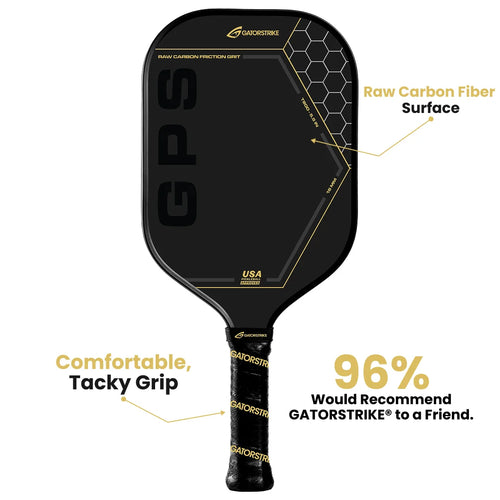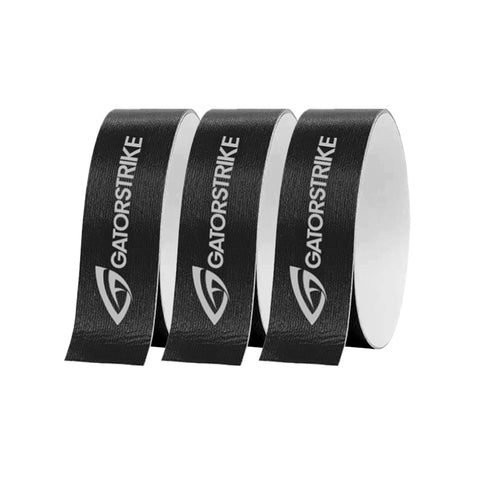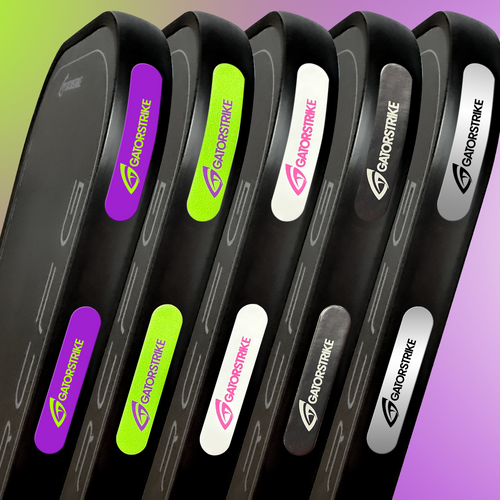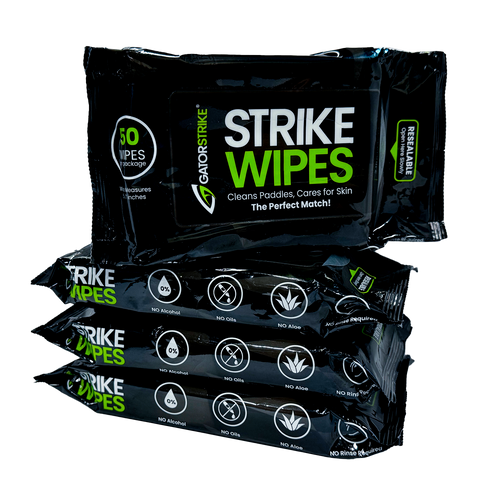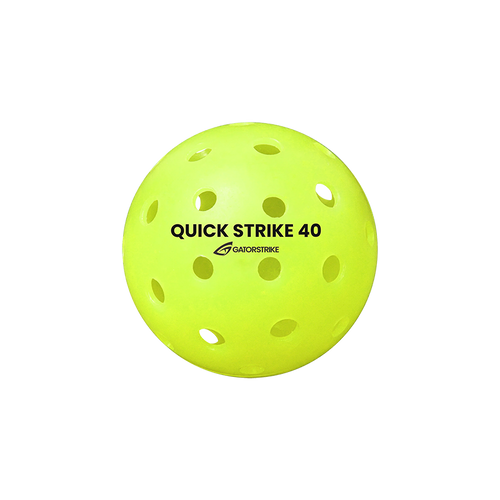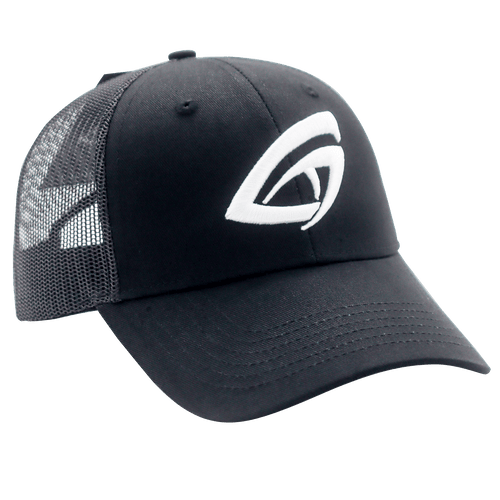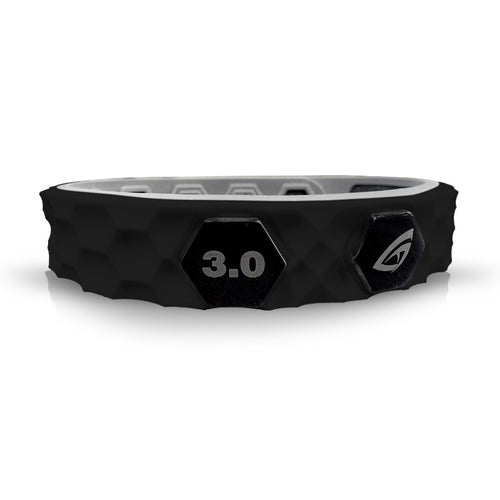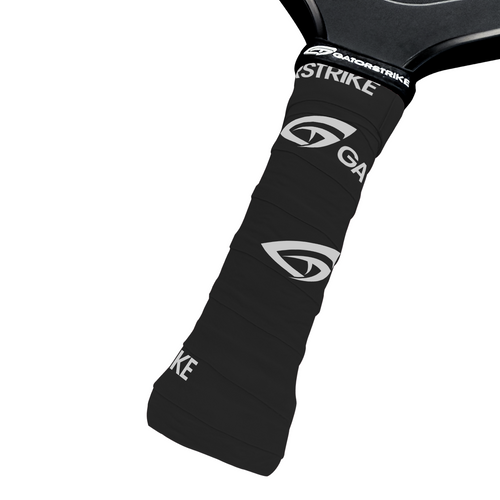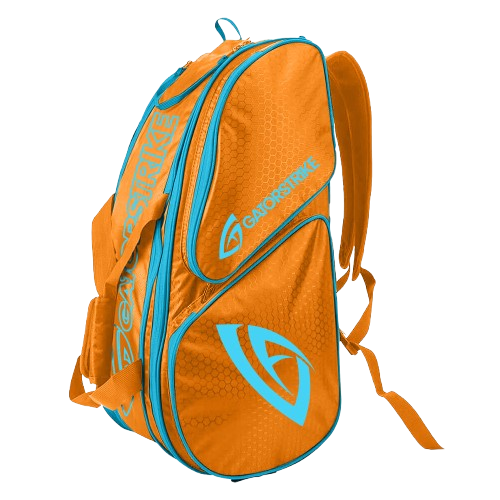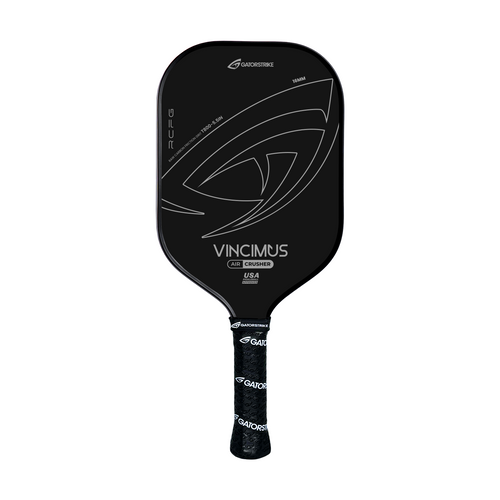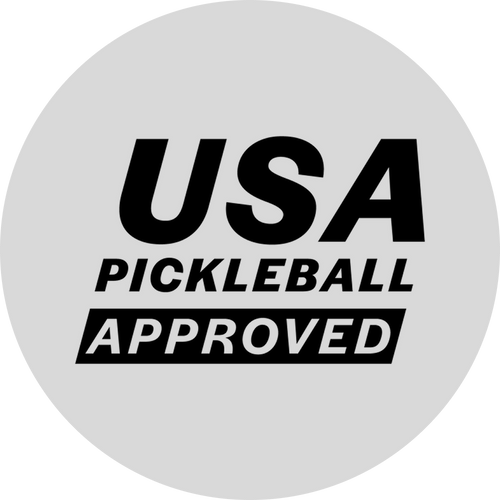
How to Adapt to Different Playing Surfaces in Pickleball
Share
Pickleball, like many sports, can be played on a variety of surfaces, each of which affects the way the ball bounces and how players move. To thrive on any court, it’s essential to understand these nuances and adjust your gameplay accordingly. Whether you’re playing on concrete, wood, or synthetic courts, mastering surface adaptability can give you a competitive edge.
Understanding the Types of Playing Surfaces
Hard Court (Concrete or Asphalt)
Most pickleball games are played on outdoor hard courts, typically made of concrete or asphalt. These surfaces are highly durable, making them popular in public parks and recreational centers. The key characteristics of hard courts are:
- Fast Ball Bounce: Hard courts deliver a faster and more consistent bounce, allowing for quicker-paced rallies.
- Less Forgiving on Joints: Due to their rigid nature, hard courts can put more strain on your knees and ankles over time.
Indoor Courts (Wood or Gym Floors)
Indoor pickleball is often played on gym floors, typically made of polished wood or synthetic material. These surfaces have distinct features:
- Softer Bounce: The ball tends to bounce slightly lower and slower on wooden or synthetic floors, which can demand quicker reflexes and shorter swings.
- More Traction: Wooden floors offer excellent grip, but they can also become slippery with sweat or moisture. Choosing the right shoes with non-marking soles is critical for stability.
Synthetic Outdoor Courts
Some pickleball courts are made of rubberized or cushioned synthetic materials, designed to be easier on the joints while still maintaining a fast pace.
- Controlled Bounce: These surfaces offer a medium-speed bounce, balancing the speed of concrete with the joint-friendly qualities of a softer court.
- Shock Absorption: Synthetic courts help reduce the impact on your legs, making them ideal for extended play.
Adapting Your Play for Different Surfaces
Adjusting Your Footwork
Each surface demands a unique approach to footwork. On hard courts, quick lateral movements and sudden stops are common, but they also increase the risk of joint strain. Make sure to stay low and use small, controlled steps to absorb impact.
Indoor courts often require more agility, as the ball bounces lower and slower. Focus on faster footwork and a more flexible stance to adjust to the slower pace of play. Remember to avoid overcommitting to shots, as wooden courts can make sudden directional changes difficult due to the slick surface.
On synthetic courts, you can play more aggressively, as the surface will absorb some of the shock from hard landings. Take advantage of this by practicing quick transitions from baseline to the net without worrying as much about injury risks.
Modifying Your Shots
- On Hard Courts: The fast bounce means you can use deeper drives and powerful volleys. Take full swings, especially on groundstrokes, to maximize your power output.
- On Indoor Courts: Since the bounce is lower, focus on placement rather than power. Dinks, drop shots, and precise lobs can be highly effective, as they’re harder to read on slower surfaces.
- On Synthetic Courts: Balance power with finesse. The surface provides a predictable bounce, so focus on controlled shots that can force your opponent out of position.
Equipment Considerations
Paddle Selection
The paddle you choose can make a significant difference in adapting to various surfaces. For faster surfaces like hard courts, a heavier paddle may help you control powerful shots, while on slower indoor courts, a lighter paddle may provide quicker reactions for soft touch shots. Consider a textured paddle to give you better grip and control over spins, which can be especially useful on synthetic courts where spins remain more predictable.
Shoes
Your choice of footwear is crucial when adapting to different surfaces. For hard outdoor courts, opt for shoes with durable outsoles that provide traction and support during quick lateral movements. Indoor courts require non-marking shoes that grip well on smooth wooden surfaces. On synthetic courts, look for shoes with shock-absorbing midsoles to protect your joints during longer games.
Mental Adaptability
Physical adjustments are important, but so is your mental approach. Playing on unfamiliar surfaces can be challenging, especially if you’re accustomed to one type of court. Be prepared to experiment with your strategies during warm-ups, observe how the ball reacts on the surface, and adapt your game plan accordingly. Patience and observation are key to mastering the subtle differences each surface presents.
Conclusion
The ability to adapt to different playing surfaces in pickleball is an essential skill for any player looking to excel. Whether you're on a hard, wooden, or synthetic court, knowing how to adjust your footwork, modify your shots, and select the right equipment will give you an edge. By practicing on a variety of surfaces and staying mentally flexible, you’ll become a more versatile and well-rounded player, capable of thriving in any environment.
